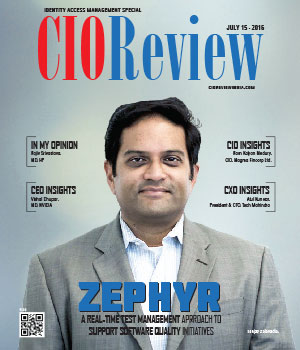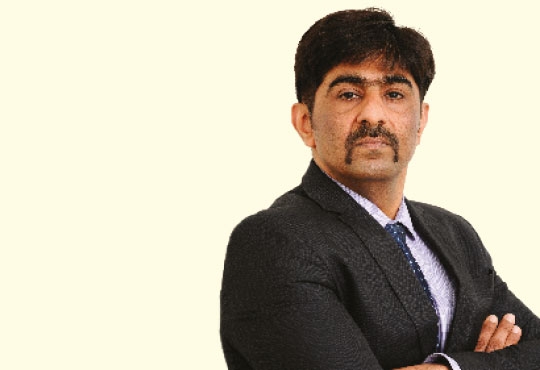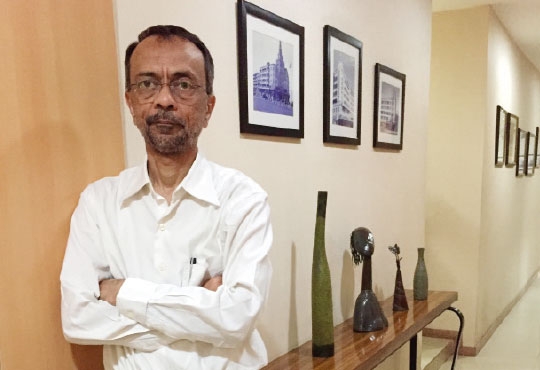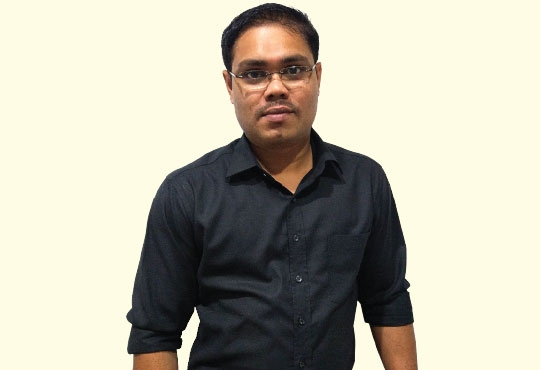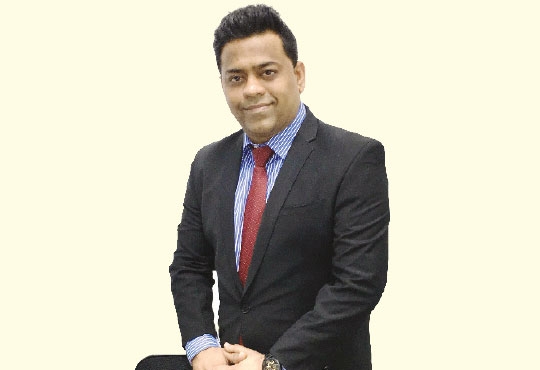
The Technology Intersection That Will Matter
Gopichand Katragadda, Group Technology Officer, Tata Sons | Monday, 08 August 2016, 09:43 IST
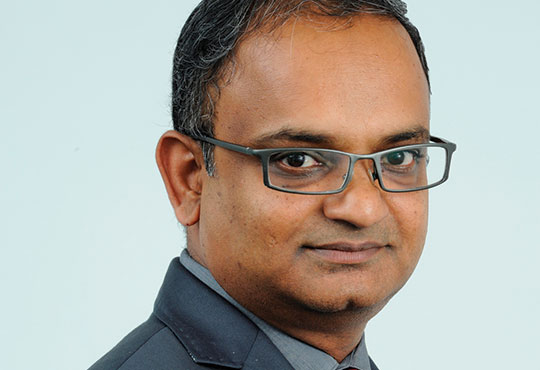 Our lifestyles today have been shaped by three major technical forces: automation, electrification, and digitalisation. The next technological force that is forming rapidly is ‘biofication.’ From the intersection of biology, computing and materials are emerging disruptive applications in energy, food and wellness.
Our lifestyles today have been shaped by three major technical forces: automation, electrification, and digitalisation. The next technological force that is forming rapidly is ‘biofication.’ From the intersection of biology, computing and materials are emerging disruptive applications in energy, food and wellness.
The Age of Biology
The human genome project, which was officially declared complete in 2003, was a major milestone in human technological history. In 2009, the human connectome project was launched and is providing further fuel to modify the technological landscape. The connectome will provide a map of the human nervous system, just as the genome provided the map of the human DNA. A further development is the human microbiome, which is the genetic understanding of the trillions of microbes that are symbiotically part of the human system. For instance, the microbes in the gut are now considered an important aspect of human health and immune system. In addition, with better understanding of our genes, RNA (ribonucleic acid), and proteins associated with health and disease, RNA-based therapeutics is now viable.
Precision genetic engineering using CRISPR (clustered regularly interspaced short palindromic repeats) has been heralded by MIT Technology Review as the biggest biotech discovery of the century. CRISPR is a natural part of microbial (bacterial) DNA. CRISPR, interestingly, is a snipped copy of virus DNA from previous attacks on the microbe. It is used by the microbe’s immune system to identify and disable new virus attacks. Recent understanding has led to CRISPR-based technology that allows scientists to snip any target DNA at precise location(s) and potentially replace the segments with repair strands. Hence this technology has the ability (already demonstrated in mice) to cure genetic disorders. Moreover, the technology has a range of possibilities- from producing pest-resistant crop to increasing energy yield of biomass.
These advances clearly herald the overdue age of biology and the consequent biofication of other technologies.
The Intersection of Biology and Computing
Over the past two years, deep learning algorithms that attempt to mimic the human brain have demonstrated the power of computational biofication, particularly in voice and image recognition. In March 2016, Lee Sedol, one of the best players of Go, lost 5-1 to AlphaGo- a deep learning software. Go is considered to be far more difficult for a computer algorithm to master as compared to games such as chess. The recent advances in deep learning are attributable to new training algorithms and increased computational power. The new training algorithms incorporate different levels of abstractions in multiple layers of learning networks, thereby enabling better utilization of layered networks. Improved hardware and ability to handle large volumes of data now enable combining supervised and unsupervised networks to solve complex cognition problems. While deep learning is an example of leveraging biology into computation, personal genomics is an example of the leverage of computation into biology. Personal genomics is now a reality with an individual genome being sequenced at 1,000 USD down from 10,000 USD in 2011. This accomplishment is a combination of biological, computational and optical sensing innovations. Personal genomics will eventually enable the evolution of healthcare from diagnose and- cure to predict-and-prevent.
The Intersection of Biology and Materials
As humans endeavoured to incorporate superior biological designs into man-made technologies, various applications of biomimetics emerged. Biomimetic structures ranging from roofs to hydrophobic surfaces have successfully incorporated evolutionary biological advantages into human creations. Simultaneously, advances in material sciences have offered progress in biological fields such as medicine.
As we endeavour to incorporate biological designs into manmade technologies, various applications of biomimetics have emerged. Biomimetic structures ranging from roofs to hydrophobic surfaces have successfully incorporated evolutionary biological advantages into human creations. Simultaneously, advances in material sciences have offered progress in biological fields such as medicine.
Recent material advances include metal organic frameworks (MOFs). MOFs are metallic ions joined together by organic ligands into structures with high porosity and active area. MOFs have demonstrated substantial potential for applications such as gas storage and separation. In medical applications, MOFs have shown promise in delivery of drugs, imaging agents and nitrogen oxide.
Graphene has been described a wonder material because of its high strength, high electric conductivity, high thermal conductivity, high flexibility and high transparency. In medicine, the applications of graphene derive from its biocompatibility and high strength as leveraged in implants. Graphene oxide is also used for detecting specific toxins and in the targeted delivery of drugs and imaging agents.
At the Tata group, we have engaged in several of the areas described in this article and continue to refine our focus at the intersection that will matter- that of biology, computing and materials. As we add to our capabilities for the future, it is important to note the continued impact of automation, electrification and of course digitalisation. This edition of Tata Review brings you exciting technologies from several Tata companies.
CIO Viewpoint
Information Security awareness for Employees:...
By Ravinder Arora, Head - Information Security, Iris Software Inc
Get ready for the Digital Boardroom
By Robert Jan van der Horst, IT Director & M. Kumaresan, IT Head (BU-AMEA), DSM Sinochem Pharmaceuticals
Acquiring Valuable Data Insights via Hadoop
By Anup Purohit, CIO, Yes Bank
CXO Insights
Agile Software Development & Implementation
By Jayesh Shah, Executive Vice President and Head Technology Initiatives, DHFL FSG
Omnichannel and Customer Service
By Sunil Aryan, Director Practice in Asia at Verint Systems
Humans - Weakest Link in an InfoSec Journey, or...


